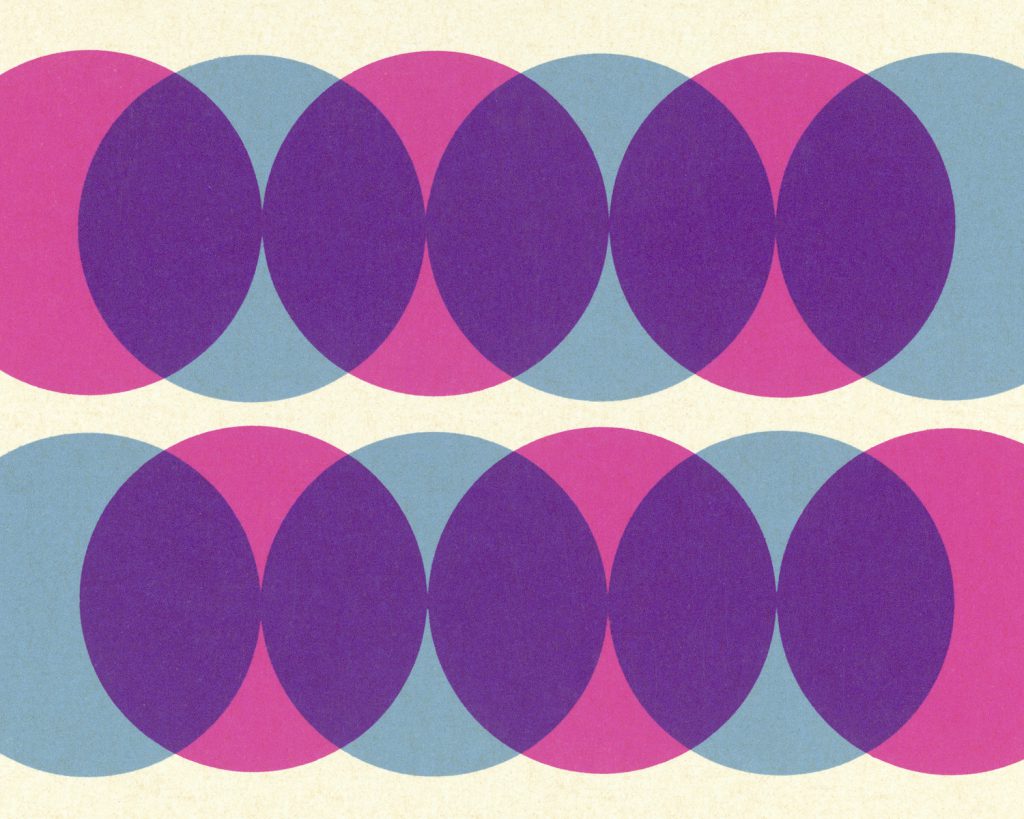Biological Science Rejects the Sex Binary, and That’s Good for Humanity

At the recent U.S. Supreme Court confirmation hearings for Ketanji Brown Jackson, Sen. Marsha Blackburn triggered controversy when she asked Jackson to define the word “woman.” After Jackson declined, several Republican congresspeople chimed in with definitions for “woman” that ranged from dubious to shocking, including “the weaker sex,” “someone who has a uterus,” and “X chromosomes, no tallywhacker.”
Such notions haven’t evolved much since 1871, when naturalist Charles Darwin told the world that “man is more courageous, pugnacious, and energetic than women, and has more inventive genius.” Most 19th- and 20th-century evolutionary theories (and theorists) asserted that evolution created two kinds of creatures—male and female—and individuals’ behavior and nature reflected this biological binary.
Today a chorus of scientific-sounding claims about “blue and pink” brains, testosterone, and male primate aggression are offered up as natural explanations for masculine and feminine behavior, along with gaps in pay, jobs, political and economic leadership, and sexuality. In the political and legal realms, the belief that biology creates two types of humans is invoked in a range of attempts to mandate and enforce how humans should behave.
These assertions and beliefs are wrong. In addition, the commitment to a simple binary view creates a fictitious template for a “battle of the sexes” that manifests in miseducation about basic biology, the denigration of women’s rights, the justifications of incel and “men’s rights” violence, and the creation of anti-transgender laws.
Science points to a more accurate and hopeful way to understand the biology of sex. By recognizing the true diversity of the human experience, humanity can embrace an expansive and multifaceted way of envisioning and experiencing human nature. This evidence-based outlook is not only far more interesting than the simplistic and incorrect “tallywhacker versus no tallywhacker” perspective, but also more conducive to respect and flourishing.
Starting at the most basic level of animal biology, there are multitudes of ways to be female or male or both. The oceans are filled with species of fish that change from one sex to another midlife, and some who change back again. There are invertebrate hermaphrodites and ladies-only lizards who reproduce by recombining their own chromosomes. In some mammals, females are brimming with testosterone and have large “penises.” In various fish and mammals, males do all the caretaking of infants. And in a variety of species, females are authoritarian, promiscuous, and—yes, Darwin—pugnacious.
Of course, there are patterned differences between females and males in many species. But there is far more diversity, complexity, and collaboration than most people realize. When one looks closer at the biology of sex in animals, including humans, it is clear that Darwin, biologist E.O. Wilson, geneticist Angus Bateman, and various Republican politicians are minimally way off base and mostly flat out wrong.
Man/woman and masculine/feminine are neither biological terms nor rooted exclusively in biology.
Sex, biologically, is not simply defined or uniformly enacted. In humans, having two X chromosomes or an X and a Y chromosome does not create binary bodies, destinies, or lives. If we could crawl into the womb with a fetus at about six to eight weeks of age, we’d see a few clusters of cells in the emerging body get nudges by DNA activity and start to generate new organs, including the clitoris and penis, labia and scrotum, ovaries and testes. All genitals are made from the exact same stuff. Since they have a few differing end functions, their final form is different. But there is a lot of overlap.
In fact, of the 140 million babies born last year, at least 280,000 did not fit into a clear penis versus labia model of sex determination. Genitals, hormone levels, and chromosomes are not reliable determinants of sex. There are, for example, people with XY chromosomes who have female characteristics, people with ambiguous genitalia, and women with testosterone levels outside the typical “female” range.
Biologically, there is no simple dichotomy between female and male. As I demonstrate in my book Race, Monogamy, and Other Lies They Told You, brains are no more “sexed” at birth than are kidneys and livers. Rather, brains are “mosaics” of characteristically female and male features.
Read an excerpt from Race, Monogamy, and Other Lies They Told You: “Busting Myths About Sex and Gender.”
Of course, there are clear bodily differences in capacities to give birth and lactate, and ranges of patterns in the development and distribution of body size, strength, and myriad other processes. But such patterns are mostly overlapping, and only a few are distributed in clear or functional dichotomies. Numerous studies have found that the differences between adult men and women are overhyped and largely influenced by the dynamics of biology and culture. Humans are naturenurtural—a fusion of nature and nurture.
For example, many explanations for differences between males and females rest on assumptions about the disparate evolved costs of reproduction between them. But human reproduction is more complex than two individuals having sex, then the female giving birth and taking care of the offspring. While today it is common in many societies for women to raise children on their own or with a male (who often does not contribute equally to childrearing), this setup developed very recently in human history.
There is massive evidence that the genus Homo (humans) evolved complex cooperative caretaking more than a million years ago, changing the patterns and pressures of our evolution. Such “alloparenting” practices are still widespread among many human groups, in which mothers and fathers, grandparents, other female and male relatives, and boys and girls in the community all help feed, teach, and care for children. This complex overlap in social and reproductive roles is exciting and hopeful. When it comes to raising kids, humans don’t come in two kinds. Rather, we evolved to be a collaborative and creative community.
The data-driven bottom line is that “man/woman” and “masculine/feminine” are neither biological terms nor rooted exclusively in biology. The lack of an explicit binary is especially evident in humans given the complex neurobiologies, life histories, and morphological dynamics in our species. There are many successful, biologically diverse ways to be human, and millions of people embody this diversity. Growing up human means growing up in a world of varying gender expectations, body types, reproductive options, family structures, and sexual orientations.
So, instead of listening to people who are misogynistic, sexist, or homo/transphobic; incels; or politicians who base their ideologies on a biological sex binary and myths about its evolution, we can and should be open to a serious understanding of biology and its better options for human flourishing. The simple male/female binary does not effectively express the normal range of being human. Understanding this and incorporating it into our education, lives, and laws offers better possibilities, greater equity, and more joy for human society.

































